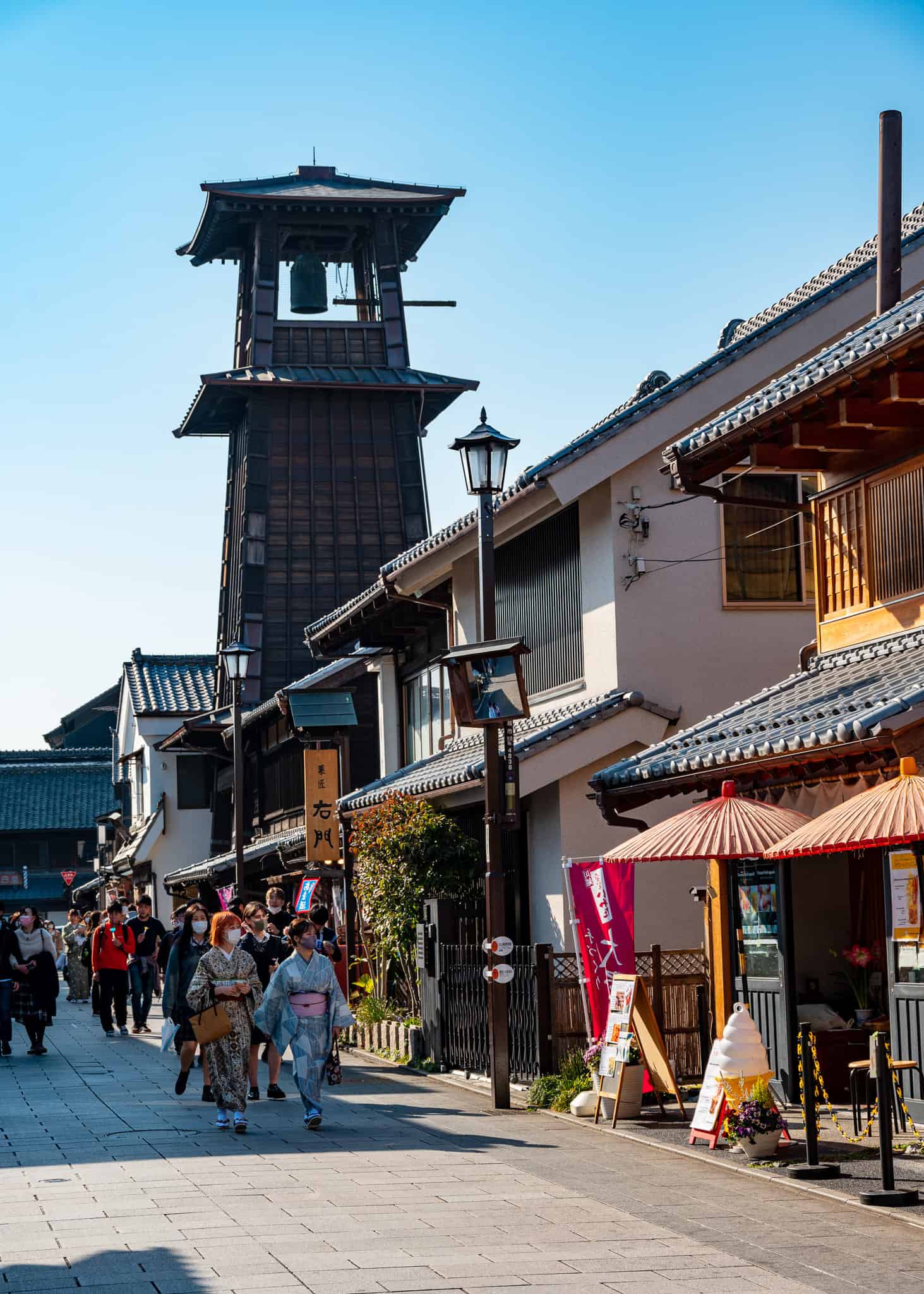Perhaps the best soy sauce in the world won’t be available for another 15 years, according to an article I recently read. On Japan’s Shikoku Island in the Seto Inland Sea, a family-owned soy company named Kamebishi maintains a tradition of soy sauce (in Japan, shoyu 醤油) making started 17 generations and nearly 300 years ago. Kamebishi is the only remaining shoyu company to stand by these ancient, time consuming methods. Furthermore, the current owner of Kamebishi is brewing a 32-year-old batch of shoyu which she insists will only be sold when it turns 50…in 2039.
By my reckoning, I may not be allowed to consume that much sodium in the latter stage of my life, so rather than wait for the future king of shoyu to be crowned over a decade from now, I prefer to spend my time seeking a prince of the present era. Which brought me to Kawagoe, a mere day trip from Tokyo, but home to not one, but three venerable shoyu companies vying to be my seasoning of choice.
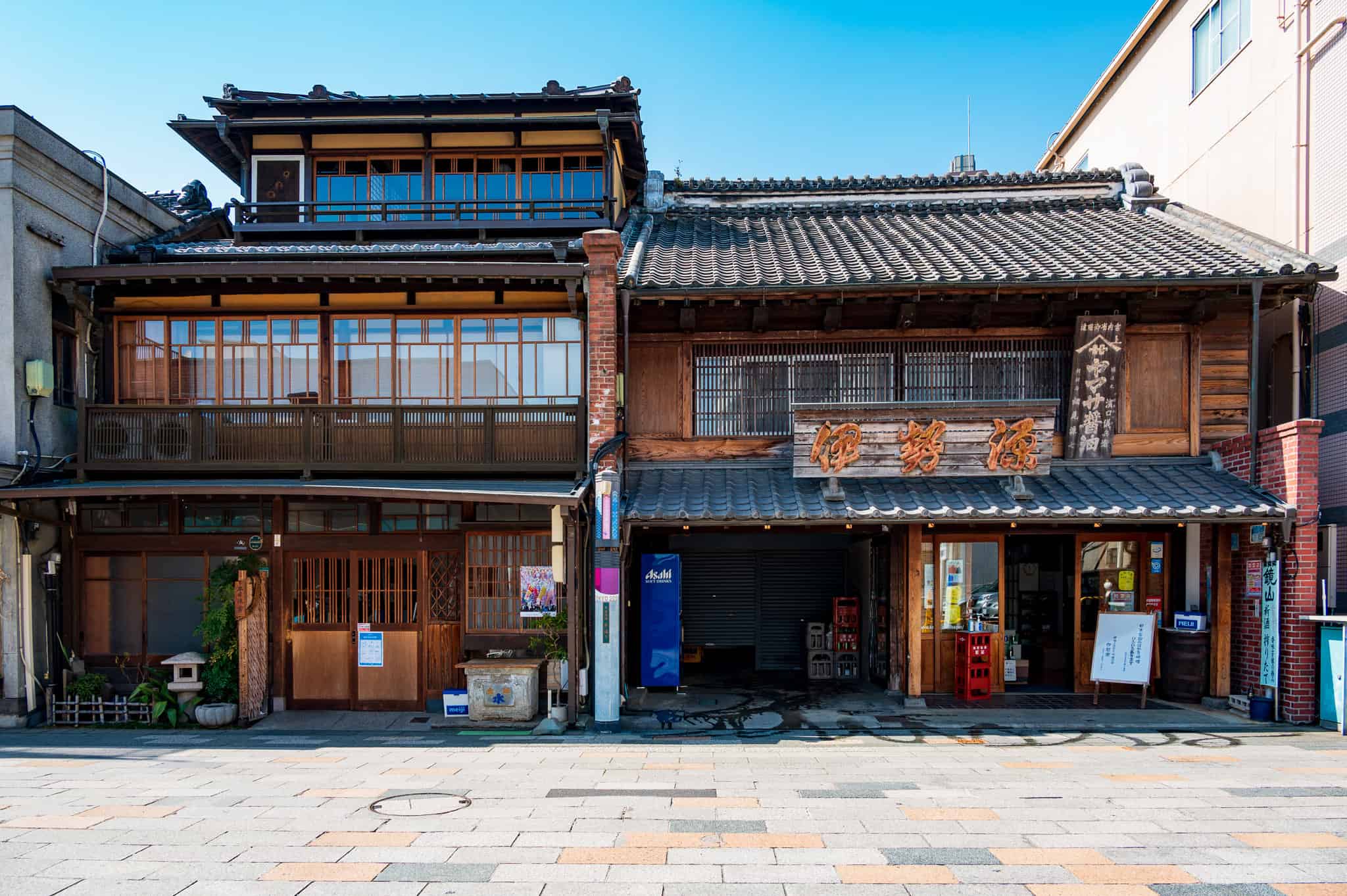
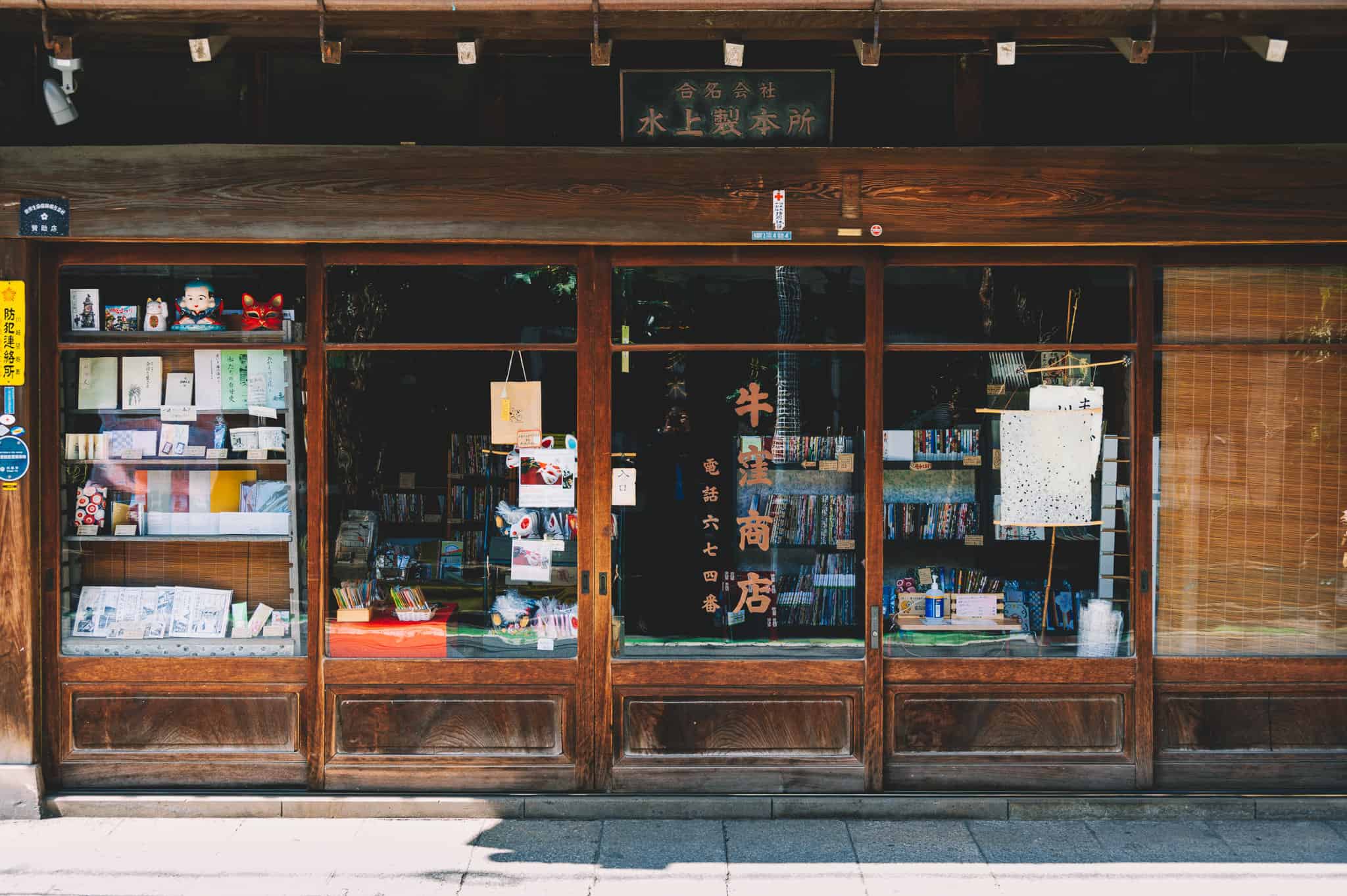
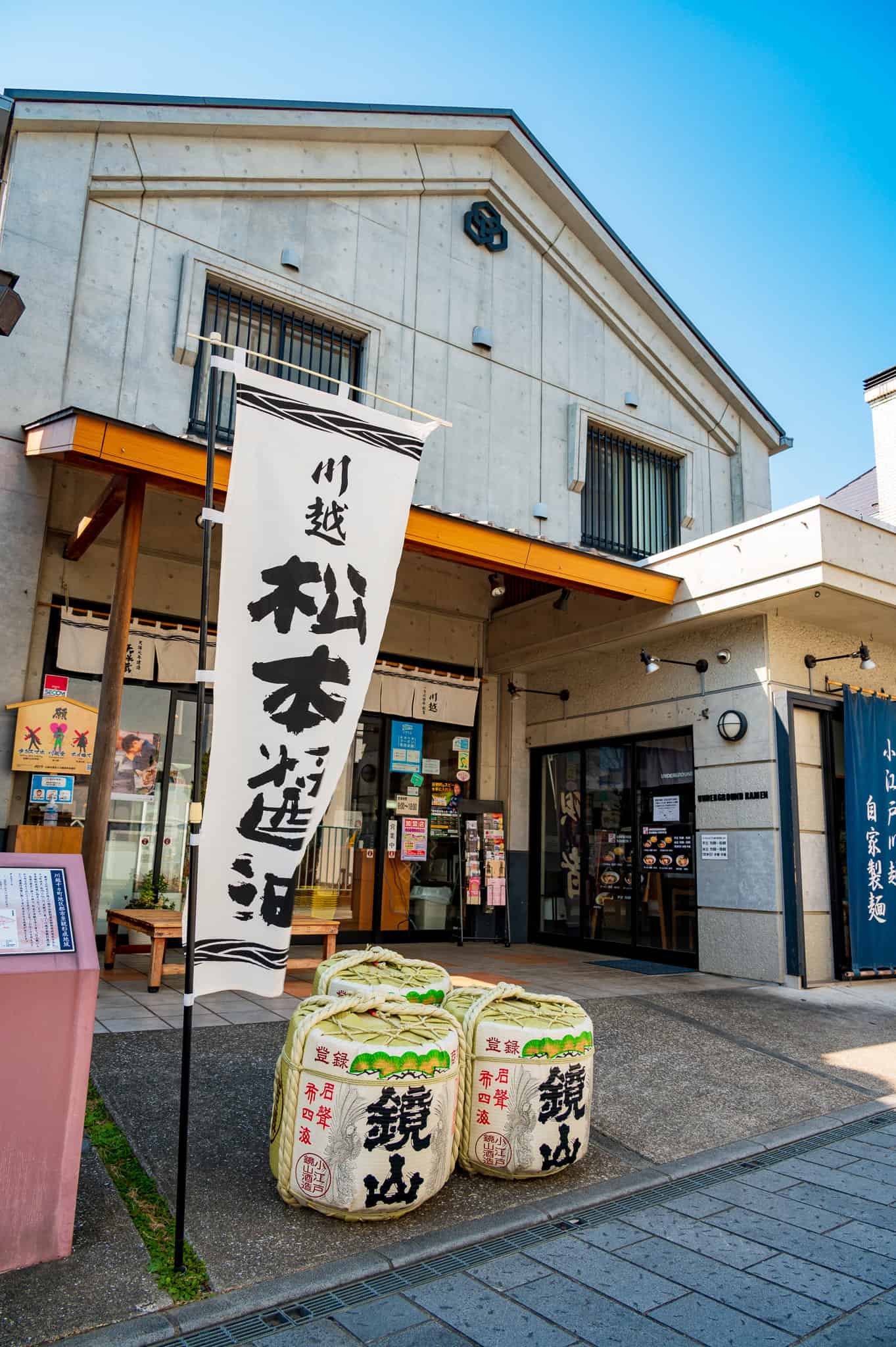
In truth, there is only one craft shoyu company in Kawagoe proper. Matsumoto Shoyu is tucked behind the main historic (and tourist) area of Kawagoe, though the company itself is certainly an important piece of Kawagoe history. Shoyu production began here in Kawagoe over 250 years ago in 1764; the Matsumoto family took possession of the facilities and staff in 1889. Today’s shoyu is made in barrels built in 1830 containing decades upon decades of the microorganisms responsible for fermenting soy into that thick, umami-rich sauce that Japanese cuisine is built upon.
The other two shoyu companies that have set up shop in Kawagoe, Kinbue and Yugeta, are still local shoyu companies but their production facilities lie outside of the city. All three companies still produce their products in cedar barrels rather than stainless-steel and glass, and all have standard products fermented for a year, rather than the four to six months of the arge producers. Matsumoto’s specialty shoyu is Hatsukari, made by taking the standard shoyu, adding more koji, and storing it back in a wooden barrel for an additional year. Hatsukari is therefore referred to as double-fermented, producing a sweet richness that completely blows the minds of those unfamiliar with craft shoyu. Like whiskey, additional aging introduces a lot of extra production costs including storage and care, so premium shoyu comes with a premium price tag. For example, a 10-year-old bottle of shoyu from Kamebishi goes for around $150. But for those who have never tasted a premium, long-aged shoyu, there is simply no going back.
Kinbue was established in 1789 in a small factory just north of Kawagoe. Their standard one-year fermented shoyu is a staple in our house, which holds a bit of weight when one of the residents is a travel writer who buys a bottle or two of local shoyu from just about every place he visits. Kinbue is dark, thick, slightly sweet and not too salty. I find myself adding a dash more as I eat for flavor, not for salt.
Kinbue also has a restaurant behind its shop, running the length of a narrow, quiet side street. The setting is peaceful and the atmosphere chic, but the food was surprisingly bland for a company that makes such excellent shoyu. I had a bowl of udon with other seasonal ingredients and the broth itself was divine, but the flavor didn’t transfer well to any of the other ingredients. I’m tempted to give it another try based on my love of their products, but there are a lot of good eats in Kawagoe, so it takes a lot of grace to give a restaurant a second chance. A ramen shop called Underground Ramen is attached to the Matsumoto Shoyu shop and I’m looking forward to finding out what they are creating from Matsumoto’s delicious Hatsukari.
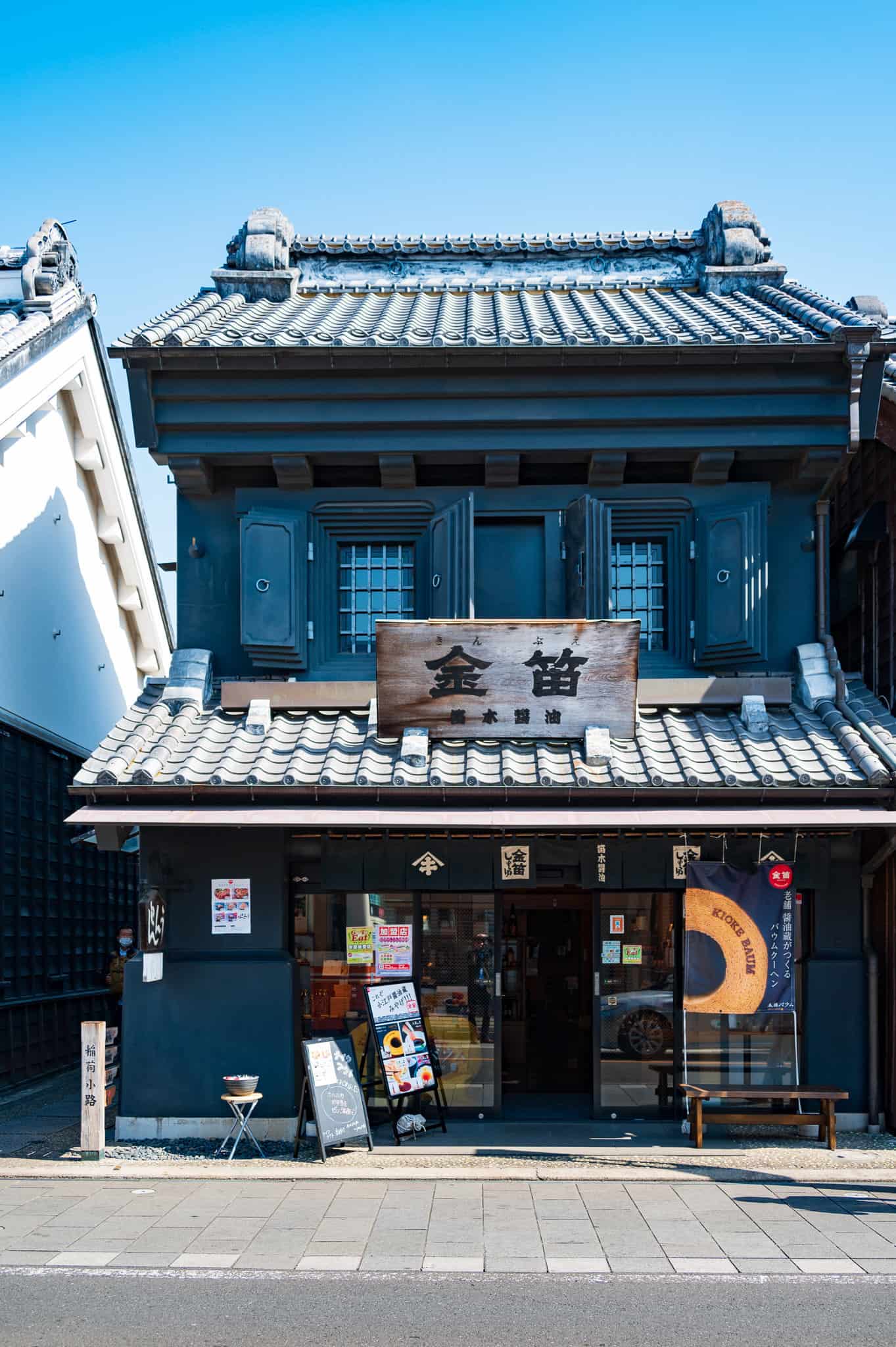
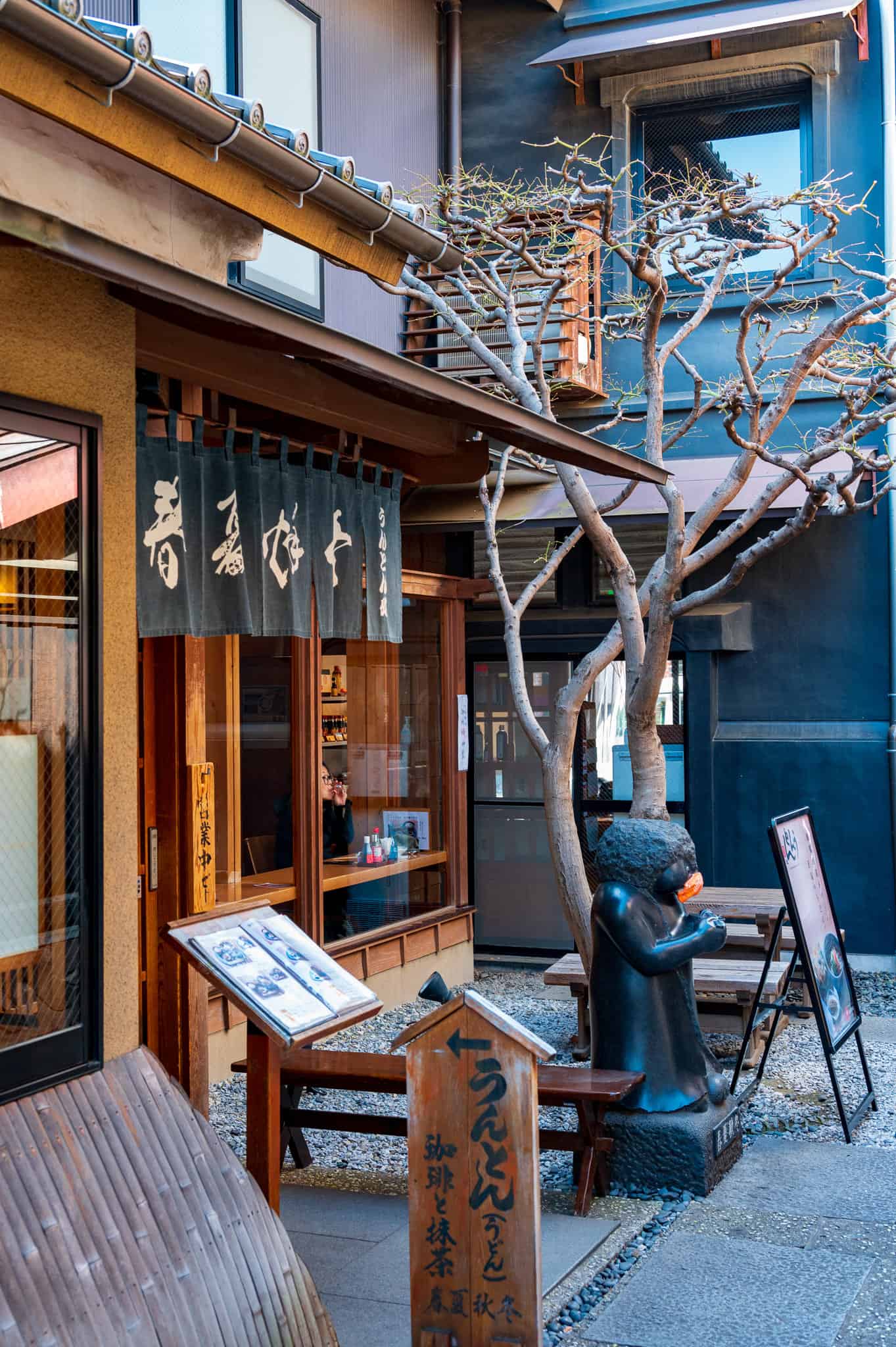
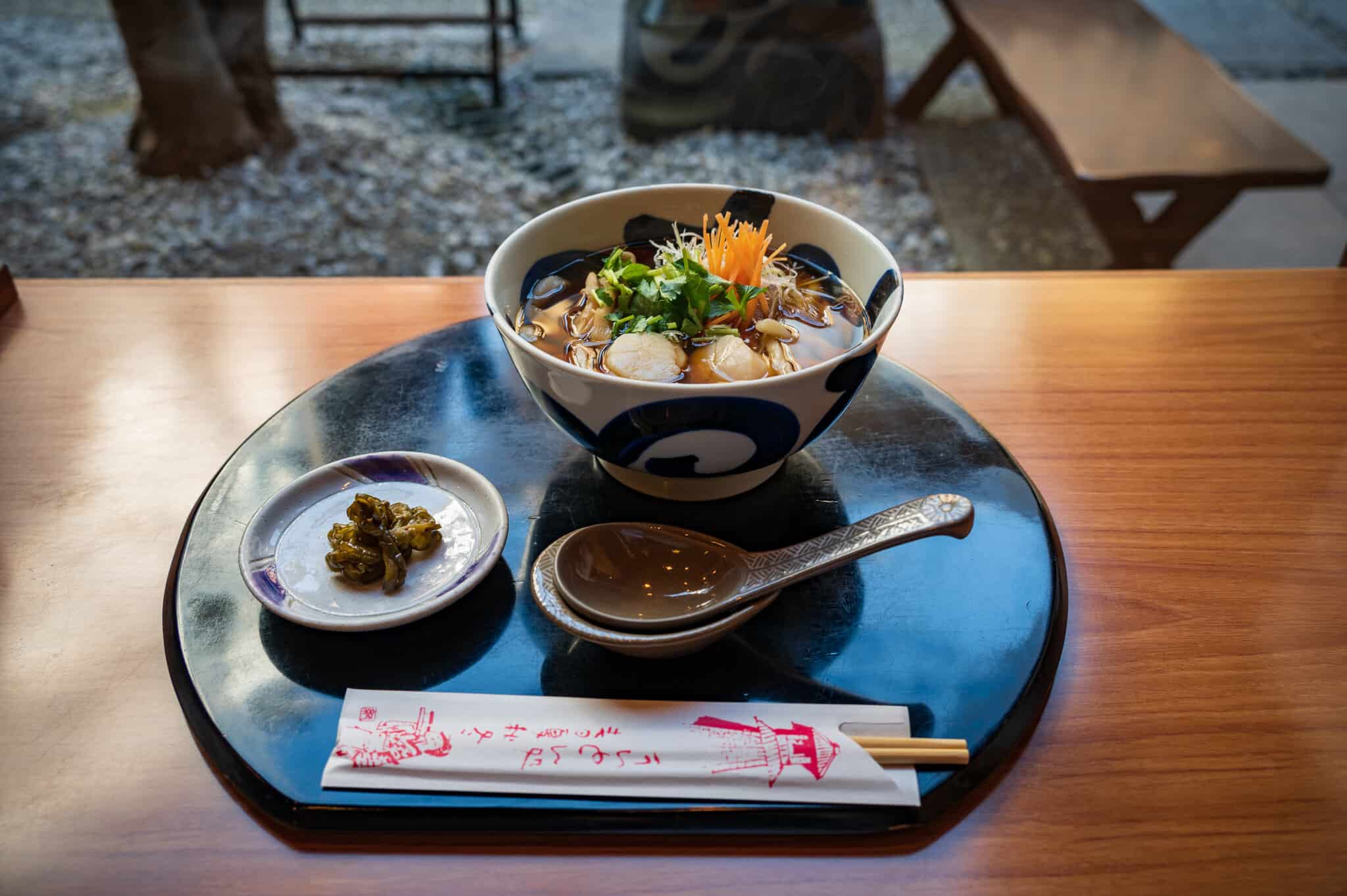
Lest I forget to mention Yugeta, this unassuming shop is happily located opposite the trendy Kawagoe Starbucks location a few steps from the famous Toki no Kane Bell Tower. While I won’t set foot in Starbucks itself, I’ll gladly stand out in front of Yugeta while consuming their Shoyu soft cream cone. For some reason, people can’t seem to wrap their heads around shoyu ice cream until I ask them if they like salted caramel ice cream. Based on their answer, its easy to figure out if they will fall in love with the slightly salty, slightly burned, and mostly sweet flavor of Yugeta’s soft cream. I have made believers out of many over the years. Another treat from Yugeta is shoyu ame, hard candies with the same sweet-salty taste that I once presented by proxy to former Oakland A’s closer Liam Hendriks, who said in an interview how much he loved the taste of shoyu when the team visited Japan in 2018.
The last of my favorites from Yugeta is their smoked shoyu, which tastes fantastic on fatty fish like salmon or tuna as well as with a simple bowl of rice with an egg on top. Introduced into the shoyu by burning cherry wood chips, it adds another layer of complexity to umami flavors already present.
I write this for my friend Leon, who has been one of my closest friends since elementary school. It’s been years since we moved to Japan and I have waited patiently for you and your family to visit, but the stars never aligned and here I am still waiting. So I appeal to the culinary artist in you now, hoping to remind you how much I want you to experience my new home and hoping you’ll fall in love with it the way I did so many years ago. Come on, my friend, time is wasting.
